Towards the center of our Milky Way Galaxy, in the constellation Sagittarius, astronomers have discovered 10 monstrous neutron stars. Astronomers already knew that 39 pulsars call Terzan 5 home. With the teamwork of the U.S. National Science Foundation Green Bank Telescope (NSF GBT) and the South African Radio Astronomy Observatory’s MeerKAT Telescope, ten more have been added to the count.
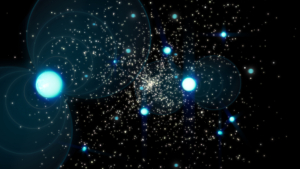
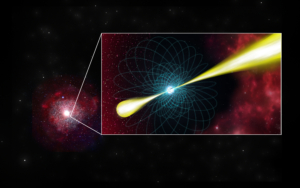
Old Data, New Tricks Discover Pulsar in Galactic Plane
A team of astronomers has found a new tool to discover pulsars. Pulsars are rapidly rotating neutron stars that blast out pulses of radiation at regular intervals ranging from seconds to milliseconds.
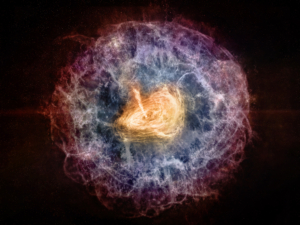
Astronomers Find Evidence for Most Powerful Pulsar in Distant Galaxy
Astronomers using data from the VLA Sky Survey have discovered one of the youngest known neutron stars — possibly as young as only 14 years. The dense remnant of a supernova explosion was revealed when bright radio emission powered by the pulsar’s powerful magnetic field emerged from behind a thick shell of debris from the explosion.
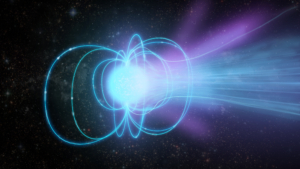
VLBA Makes First Direct Distance Measurement to Magnetar
Using the VLBA, astronomers have made the first direct geometric measurement of the distance to a magnetar. This precision measurement to one of the most magnetic objects in the Universe could help scientists determine if such objects are responsible for generating the mysterious Fast Radio Bursts.
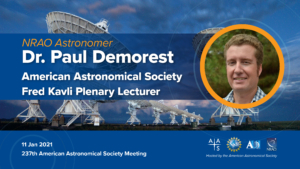
AAS Names NRAO Astronomer as Fred Kavli Plenary Lecturer
NRAO astronomer Paul B. Demorest has been selected to give the Fred Kavli Plenary Lecture at the 237th meeting of the American Astronomical Society, to be held virtually, on 11 January 2021.
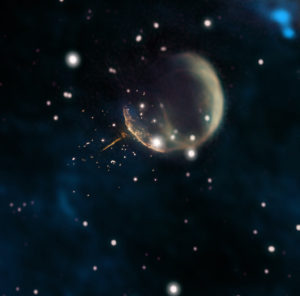
Astronomers Find “Cannonball Pulsar” Speeding Through Space
VLA image shows the trail of a speeding pulsar pointing directly back at the center of the debris shell from the supernova explosion that created it.





